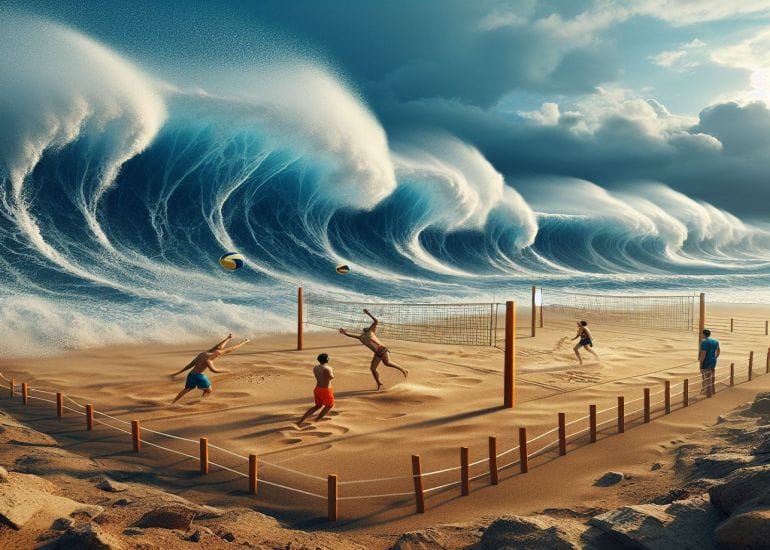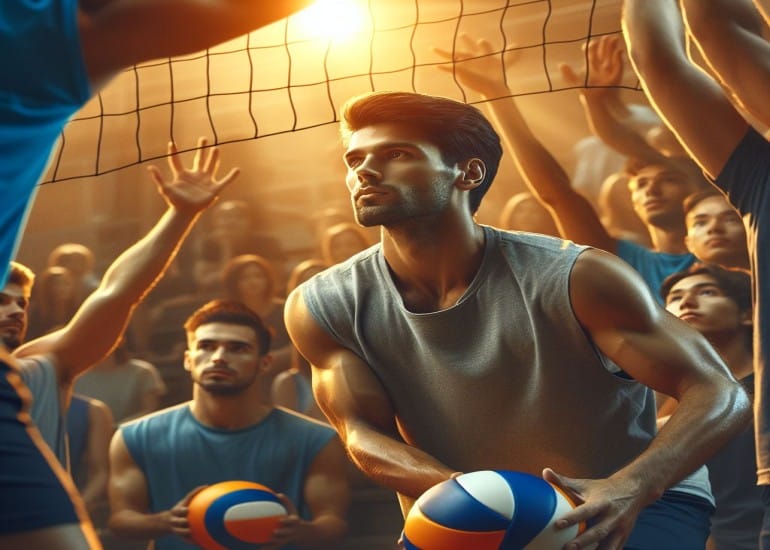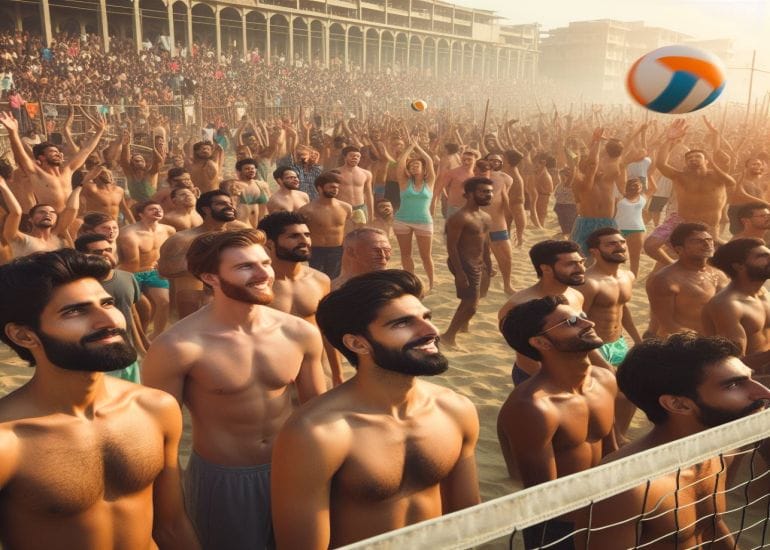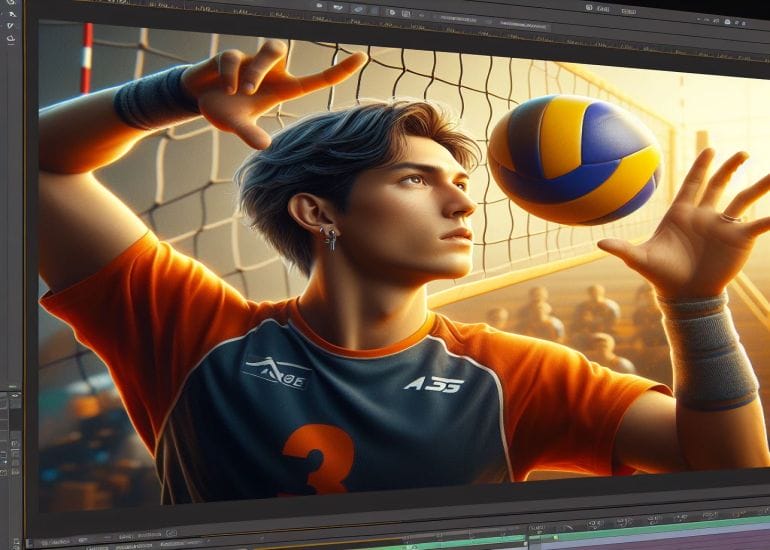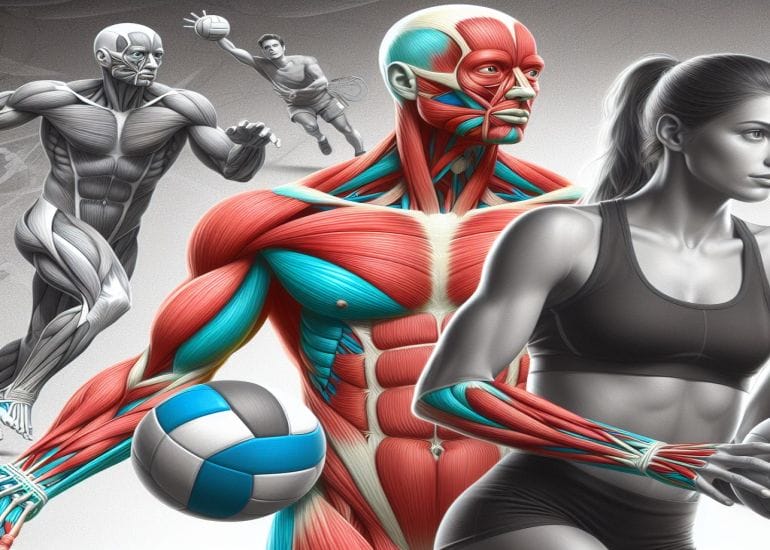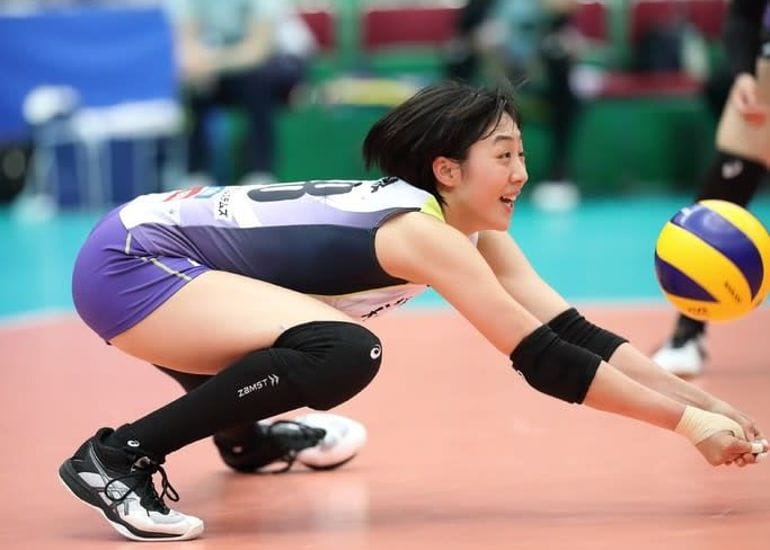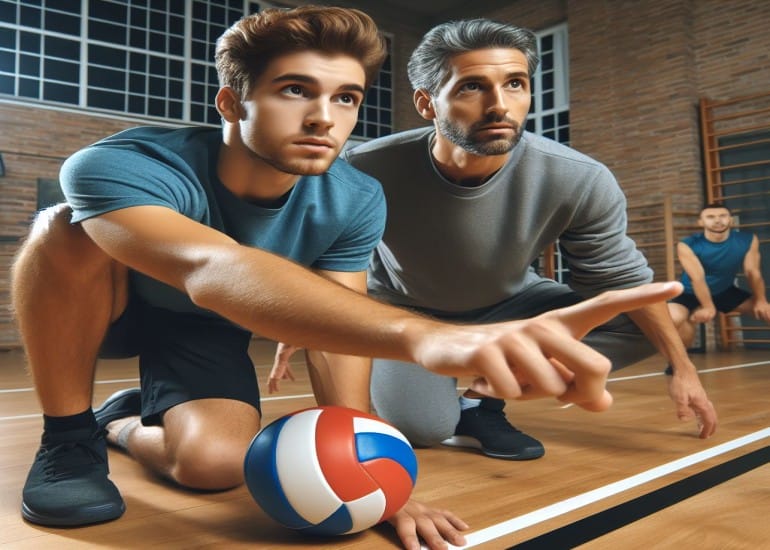Tips For Serving In Windy Conditions In Beach Volleyball
Playing beach volleyball is a completely exhilarating and physically demanding sport, however when wind conditions become an integral factor, the game takes on a a whole new level of complexity. Windy conditions can fundamentally influence the direction and speed of the ball, making it provoking for players to keep up with control and execute their systems. Be that as it may, with the right methodology and a couple of key techniques, players can adjust and flourish in windy conditions. In this article, we will investigate seven essential sub-questions that will guide you through powerful systems for serving in blustery circumstances in windy conditions in beach volleyball. How does wind affect serving in beach volleyball? Wind plays a crucial role in shaping the outcome of a beach volleyball match, particularly during serves. Understanding how wind affects serving is essential for players to adjust their strategies accordingly: Ball Direction: Wind can change the direction of the ball mid-flight, causing it to veer off course or dip unexpectedly. Ball Speed: Headwinds can slow down the ball, while tailwinds can speed up it, influencing the timing and force of the serve. Spin and Float: Wind can disturb the spin of the ball, prompting capricious movements and making it trying for adversaries to expect its way. Key Considerations for Serving in Headwind Conditions Serving into a headwind presents one of a kind difficulties for players, expecting changes in accordance with make up for the breeze opposition. Here are a few key considerations: Key Considerations for Serving in Tailwind Conditions Serving with a tailwind can be advantageous, as it pushes the ball forward with more prominent speed. However, players should in any case practice watchfulness to maintain accuracy and control: How Players Can Adjust Their Serving Strategy Based on Wind Direction The heading of the wind significantly impacts serving system, expecting players to as needs be adjust their methodology: Identify Wind Course: Assess the wind direction before serving to determine its effect ready’s direction. Situating: Position yourself decisively on the court to streamline the impacts of the wind on your serves. Point of Serve: Change the point of your serve in view of the wind direction, planning to take advantage of its help or limit its obstruction. How Players Can Adjust Their Serving Strategy Based on Wind Intensity The power of the wind likewise assumes a pivotal part in serving strategy, with stronger winds necessitating more significant adjustments: How Players Can Adapt Their Serving Strategy During Unpredictable Wind Conditions Unusual wind conditions can represent a critical test for players, requiring fast reasoning and adaptability. In such circumstances, flexibility is vital. Players ought to consistently notice and survey the wind’s conduct all through the game, making changes as the need should arise. Keeping an adaptable serving approach, for example, shifting back and forth between float serves and hop serves, can help players with adjusting to unexpected shifts in twist course and power. Also, communicating with your teammate and sharing experiences on the wind conditions can prompt better navigation and coordinated strategies. Conclusion Serving in windy condition adds an additional layer of intricacy to the already demanding game of beach volleyball. By understanding how wind means for serving and executing the suitable adjustments, players can enhance their performance and gain a competitive edge on the court. Whether confronting headwinds or tailwinds, strong gusts or unpredictable breezes, flexibility and key reasoning are critical to becoming amazing at serving in beach volleyball. By integrating these tips into their training routine and staying adaptable in their methodology, players can certainly explore windy conditions and elevate their game to new heights. FAQs for Serving in Windy Conditions How can I improve my accuracy when serving into a headwind? Focus around decreasing power and increasing ball toss height to compensate for the wind resistance. Try different things with various serving strategies, for example, topspin serves, to keep up with command over the ball’s direction. What is the best strategy for serving with a tailwind? Lower the ball toss somewhat and adjust your timing to bridle the tailwind’s energy while keeping up with accuracy. Use various serves, including float serves and bounce serves, to exploit the tailwind’s help. How can I adapt my serving strategy during unpredictable wind conditions? Keep on track and receptive to shifts in twist course and power. Be prepared to make real-time adjustments to your serving technique, remaining adaptable and versatile all through the match.
